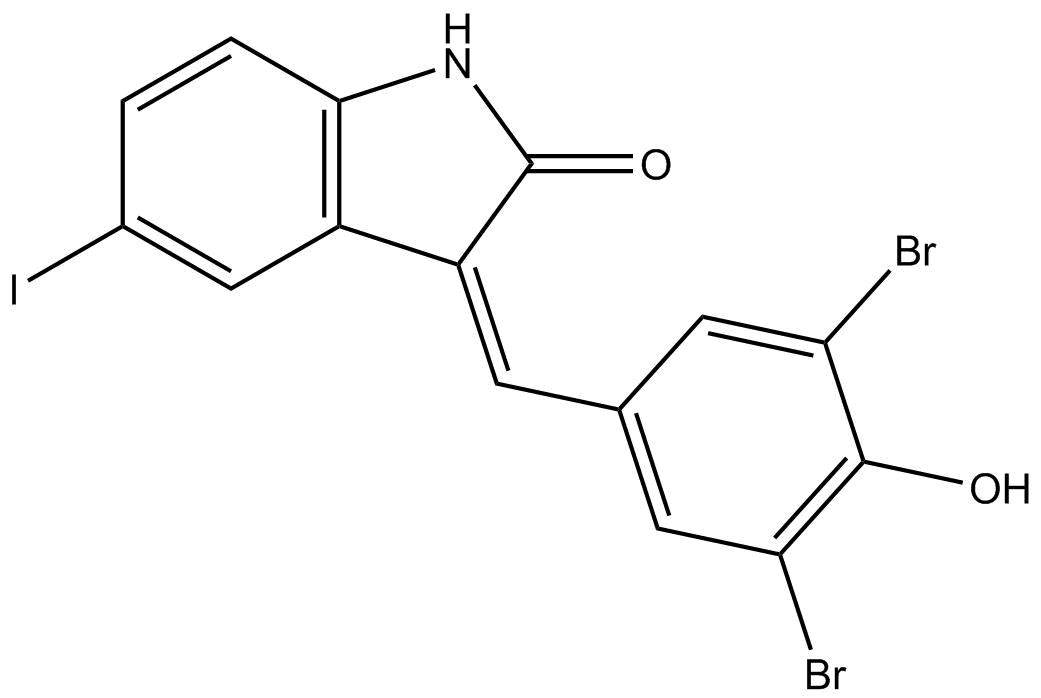Archives
Interestingly this study of WASp deficient
Interestingly, this study of WASp-deficient iPSCs, in comparison with their corrected cWAS-iPSC counterparts, revealed not only the expected functional defects in certain iPSC-derived hematopoietic progeny (e.g., NK cells), but also identified potential consequences for WASp deficiency in T and NK development. There is prior evidence from both WAS patients and WAS knockout mice, that WASp deficiency may adversely affect the development of lymphoid cells. Relative to healthy individuals, WAS patients already at a very early age demonstrate reduced numbers of peripheral blood T lymphocytes, including naive T cells (Park et al., 2004). These findings led Park et al. to propose that WASp was important in the initial development and maturation of lymphocytes. Studies of WAS knockout mice (Snapper et al., 1998; Zhang et al., 1999) have also identified a significantly reduced number of peripheral blood T lymphocytes. Importantly, Zhang et al. (1999) demonstrated that WASp deficiency adversely affected the development of immature thymocytes from the CD4−CD8− double-negative (DN) to the CD4+CD8+ double-positive (DP) stage. However, a significant thymic developmental defect was not identified in the Snapper et al. WAS knockout mouse strain. These latter results were consistent with an in vivo WAS+/− competitive model indicating minimal advantage for WASp-expressing KY 02111 either in the thymus during transition from DN to DP T cells, or in the spleen for NK cells (Westerberg et al., 2008). Importantly, WAS knockout mice expressing a WASp ΔVCA transgene exhibited severe impairment in thymopoiesis, with a clear impairment in differentiation of CD4−CD8− thymocytes (Zhang et al., 2002).
We note that this study was limited to iPSCs derived from one WAS patient and one WAS genotype (1305 insG). The WAS 1305 insG mutation is predicted to produce a WASp lacking the C-terminal VCA domain. The aforementioned publication by Zhang et al. (2002) suggested the possibility that enforced expression of WASp ΔVCA functions in a dominant-negative manner to suppress successful thymic T cell development. Although we were not able to detect residual expression of the mutant frameshifted, truncated WASp in WAS-iPSC-derived HPCs, it remains a possibility that it exists at a very low level, and thus contributed to our observed defective in vitro T cell development. The majority of the experiments directly compared one corrected WAS-iPSC clone with the mutant WAS-iPSC clone from which it was derived; to convince ourselves that the inability to generate T cells was not a clone-specific defect but rather was due to non-functional WASp, we verified the T cell development deficiency with two other WAS-iPSC clones derived from the same donor fibroblasts (Figure 4C). Both the WAS2–12 transgene and the GFP reporter distinguished the cWAS-iPSCs from the WAS-iPSCs. It is conceivable that GFP expression, albeit at a low level, could have affected the quantitative comparison between cWAS and WAS. However, we note that the statistically significant defects observed for NK and T cell development were quite specific, not seen for example in derivation of endothelial cells, hematopoietic progenitors (CD34+CD43+ or CD34+CD43+CD45+), or CD5+CD7+ T cell precursors.
Somatic revertant mosaicism is a frequent finding in WAS, identifiable in up to 10% of patients, with WASp-expressing cells arising in T, B, and/or NK cell lineages. The identification of revertant WASp-exp ressing T cells in WAS patients carrying either the 1305 insG or the closely related 1305 delG mutation (also encoding WASp ΔVCA) is a frequent finding (Lutskiy et al., 2008; Wada et al., 2003). The revertant genotypes in these patients re-establish expression of a WASp including the VCA domains. These data indicate that restoration of expression of a WASp including the VCA domain, whether by intentional gene correction (as done in the present study) or by reversion, confers a strong selective advantage to T cells. It is generally accepted that a strong selective advantage for revertant cells operates at the level of mature peripheral T cells in their transition, on exposure to antigen, from naive to memory T cells. Our data, together with results from some, but not all, of the WAS knockout mouse models summarized above, suggest that an additional selective advantage for corrected cells possibly exists at a much earlier stage, during T cell development in the thymus. This latter possibility, consistent with a polyclonal T cell receptor (TCR) repertoire exhibited by revertant WAS cells having the same revertant genotype (Wada et al., 2003), would have implications both for somatic reversion and for transplantation of corrected WAS-iPSC-derived T cell precursors.
ressing T cells in WAS patients carrying either the 1305 insG or the closely related 1305 delG mutation (also encoding WASp ΔVCA) is a frequent finding (Lutskiy et al., 2008; Wada et al., 2003). The revertant genotypes in these patients re-establish expression of a WASp including the VCA domains. These data indicate that restoration of expression of a WASp including the VCA domain, whether by intentional gene correction (as done in the present study) or by reversion, confers a strong selective advantage to T cells. It is generally accepted that a strong selective advantage for revertant cells operates at the level of mature peripheral T cells in their transition, on exposure to antigen, from naive to memory T cells. Our data, together with results from some, but not all, of the WAS knockout mouse models summarized above, suggest that an additional selective advantage for corrected cells possibly exists at a much earlier stage, during T cell development in the thymus. This latter possibility, consistent with a polyclonal T cell receptor (TCR) repertoire exhibited by revertant WAS cells having the same revertant genotype (Wada et al., 2003), would have implications both for somatic reversion and for transplantation of corrected WAS-iPSC-derived T cell precursors.